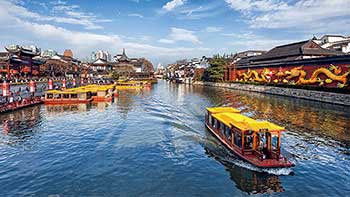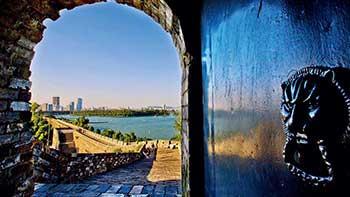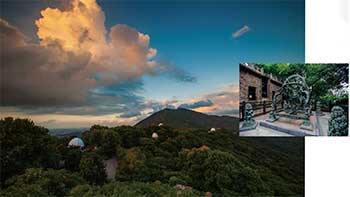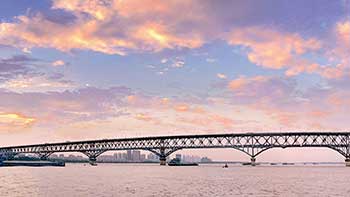Brief Information

Located in the affluent eastern coastal area of China, Nanjing is traversed from southwest to northeast by the world's third longest river, the Yangtze River. As an important gateway in East China and the capital city of Jiangsu Province, Nanjing has a population close to 8.5 million, covering a land area of 6,587 square kilometers and boasting of a GDP of about $190 billion in 2018.





